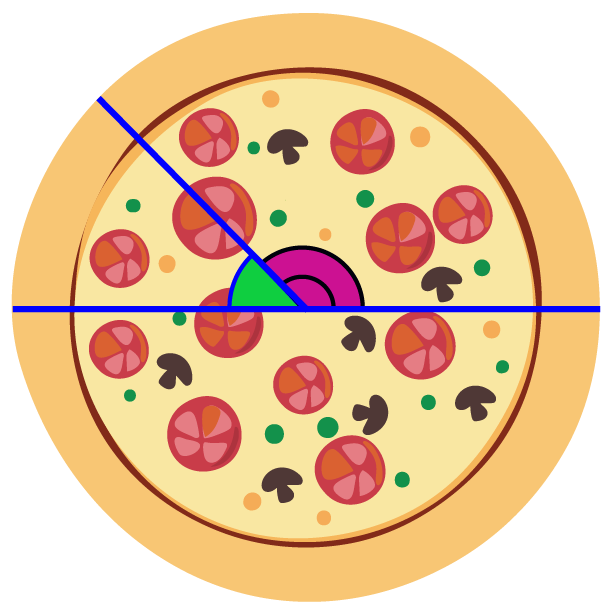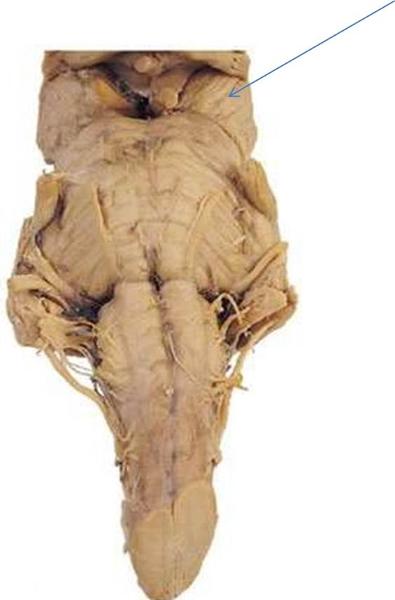

If you define the sine by means of the unit circle, then this image should explain the fact: Let's stick to right triangles, which allow to define the sine for acute angles: if $\alpha=\widehat=\alpha'$, that is, $\alpha'=\pi-\alpha$, then We now solve the two simultaneous equations by substitution.It depends a lot on how you define the sine.
#Supplementary angle in real life plus#
One of the angles is twice the sum of the other angle plus 3 degrees. Two complementary angles are such that one of the angles is twice the sum of the other angle plus 3 degrees. a and d are supplementary angles (add up to 180).

Given that a 45, find all the other angles in the diagram below.
#Supplementary angle in real life free#
Therefore, the two complementary angles are 36° and 54°.Ĭalculate the value of x in the following figure:įind the complement angle of 2/3 of 90 degrees.ĭetermine the complement angle of (x + 10) °. Some of the examples of adjacent angles from the above figure are: a and d. Free solutions for NCERT Solutions - Mathematics, Class 7 Chapter 6 - Lines and Angles Exercise 5.1 question 23.

Let the smaller angle be x degrees, and the bigger angle will be (90 – x) °. They dont have to be next to each other, just so long as the total is 90 degrees. If the difference between two complementary is 18 degrees, find the angles. Two angles are Complementary when they add up to 90 degrees (a Right Angle). Therefore, the complement of 27☂0′ is 62☄0′įind the angle that is 46° less than its complement. When two lines are crossed by a Transversal, the angles in matching corners are called Corresponding Angles. I will also be showing how they can be found in real life. Therefore, ∠BAC + ∠ACB = 90° (complementary angles) For my math project we will be exploring 6 types of angles: Complementary, Supplementary, Opposite, Alternate, Corresponding and Interior. Since we know that complementary angles add to 90 degrees, we can easily calculate the value of any angle by subtracting the given angles from 90 degrees.ĭetermine the missing angle in the following figure Students may also be able to measure the angles within the activity, whether that be on the storyboard or going out into the playground and measuring the angle on the slide in real life. The two angles in the above different figures are complementary. Desks, books, classroom materials, and floor tiles are all things students can measure or label as they start to recognize angles around us. So long as the angles add to 90 degrees, they are complementary. G.B.5 Use facts about supplementary, complementary, vertical. ∠ DGO= 20 degrees and ∠ ODG= 70 degrees are pairs of complementary angles that are not adjacent to each other.Īnother important property to note about complementary angles is that two complementary angles don’t have to be in the same figure. Solve real-life and mathematical problems involving angle measure, area, surface area. A sorting activity to help students recognise different types of angles in everyday life. We can also have complementary angles that are not adjacent to each other. A worksheet to use when learning about supplementary angles. No matter how large or small angles 1 and 2 on the left become, the two angles remain supplementary which means that they add up to. ∠ STA= 65 degrees and ∠ATR= 25 degrees are adjacent complementary angles. Supplementary angles - two angles that add up to 180 degrees. Thus, any two angles that add up to 180 degrees can be supplementary. However, they do not have to be next to each other in order to be supplementary. These angles, therefore, form a straight line when joined together. Angles measuring 1 degree and 89 degrees.Ī complimentary angle can be adjacent angles. Supplementary angles in geometry are angles whose sum is 180 degrees.It is composed of two acute angles measuring less than 90 degrees.Ĭommon examples of complementary angles are: Three angles or more angles whose sum is equal to 90 degrees cannot also be called complementary angles.Ĭomplementary angles always have positive measures. One angle is the complement of the other angle.Īlthough a right angle is 90 degrees, it can’t be called a complementary because it doesn’t appear in pairs. When a circular cake is cut up into four equal pieces, each piece has a right angle at the center. The sum of the two angles formed by the seconds hand is always 90 degrees. When talking about complementary angles, always remember that the angles appear in pairs. The seconds hand moves between these two digits and forms a pair of complementary angles in real life. Complementary Angles – Explanation & ExamplesĬomplementary angles are pair angles with the sum of 90 degrees.


 0 kommentar(er)
0 kommentar(er)
